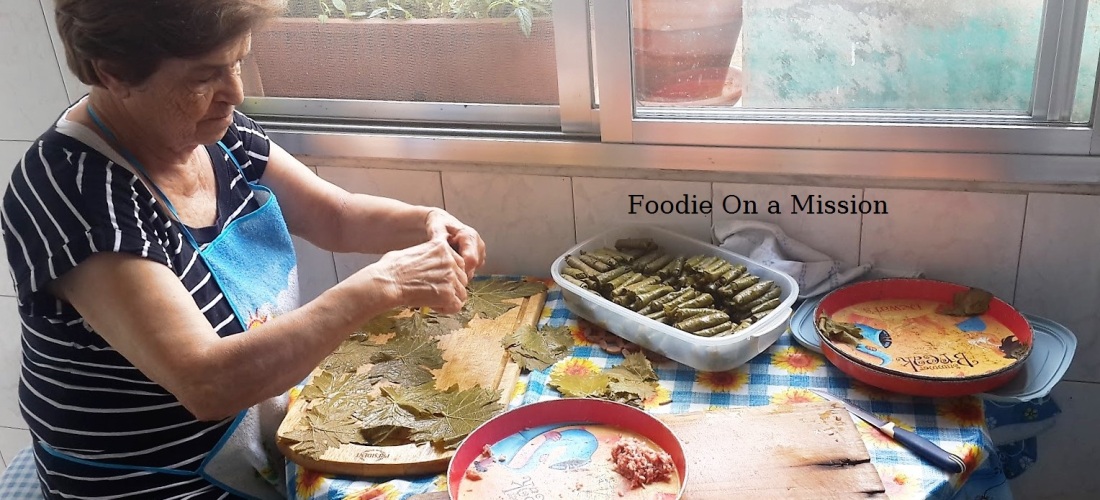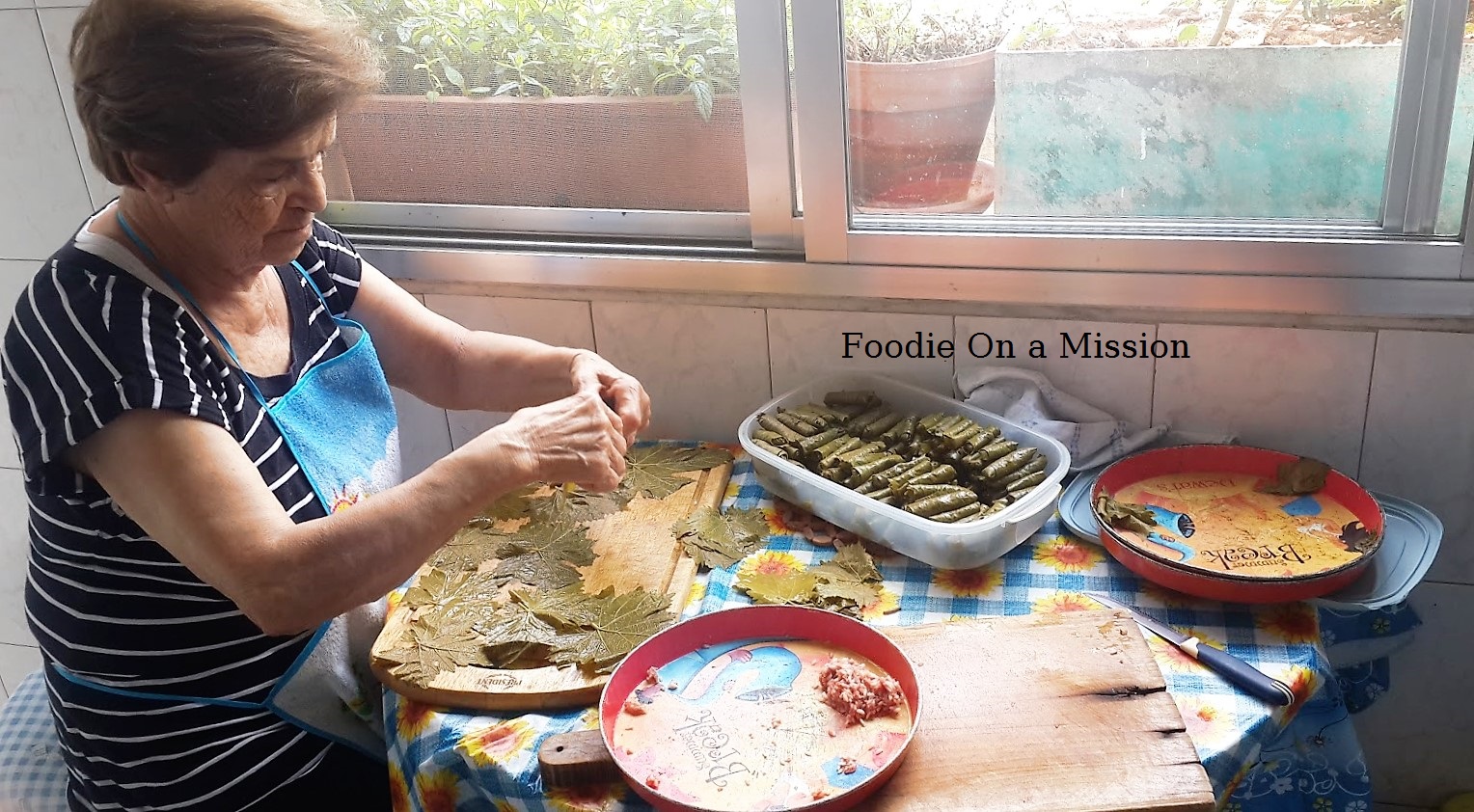Almost every Lebanese village has a specialty. Whether it is a local product, a tradition, a dance…
Maghdouche’s specialty is made during springtime, and I can assure you that this product is present in every Lebanese pantry.
Orange blossom water.
The bitter orange trees are blooming in every yard, every street, every corner and garden of this village. The moment you step into the southern village, the strong citrus aroma tickles your senses, and you can feel right away that springtime is close by.
Workers start harvesting flowers since the early morning. Men, women, and teens are standing on ladders, reaching even the highest branches. Of course, working gets better with some background music playing on their mobile phones.
The bloomed flowers are the best to pick. they hold all the aromas, and the yellow pistil is the part that helps to make the essential oil.
Floors are covered with burlap or plastic sheets to help gathering the flowers. While the burlap covered yards help you connect to nature due to the silence and bird sounds, the plastic covered floors sound like pouring rain with all the flowers falling continuously on the sheets.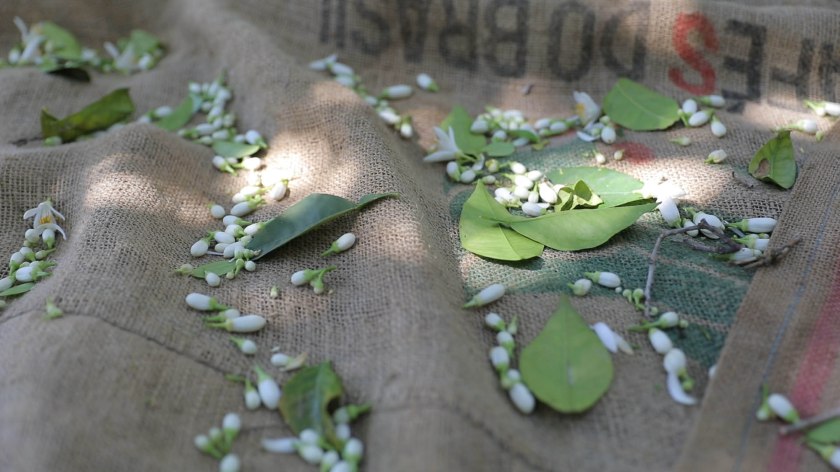
Obviously, falling on the ground are flowers as well as leaves. Table stations are installed in the shade for sorting all imperfections such as small branches, leaves, and insects. And this is where the kids are helping.
Every tree produces an average of 50-70 kg/harvest for a duration of 3-6 weeks, depending on the weather.
In another scenery, people are installing the “Karakeh” or the distiller, to extract Orange blossom water. The distiller is a double Copper pot with the top pot facing down. In the bottom part, flowers and water are poured. The process starts with high heat until the water reaches the boiling point, then the heat is reduced to prevent the contents from overflowing. The steam reaches the top pot and flows within a tube through a cold water barrel or tank(the cooling system) and pours as a thin stream into a glass jug covered with cotton pads for more filtering. This is when Maghdouchians say: “قطرت” with great joy.
It takes 1kg of flowers to make a 1L bottle of orange blossom water. Only the first batch produces the essential oil: a dark liquid floating on the surface of the orange blossom water. The oil is then gathered separately, and a very small amount is poured in every bottle for conservation. This also serves as a sign of quality for the buyers. All this procedure takes up to 12 hours from beginning to end.
Orange blossom water is a necessity to Maghdouche and Lebanon. For the villagers, it is a profitable trade. Maghdouche produces approx. 100.000Kg of orange blossoms per year, making thousands of bottles sold by the farmers for extra income. As for the Lebanese people, it is a tradition to use orange blossoms every now and then: some just put the flower in their cup of Turkish coffee. Others drink orange blossom water and boiling water instead of Turkish coffee, calling it white coffee. The local product is also part of many Lebanese sweets, especially the maamoul. And last but not least, some use this water for stomach ache relief.
This whole scenery is a heritage in Lebanon. Keeping it alive means preserving traditions, farmers, traders, and aiming for sustainable development. By buying this product from our website, you are not only supporting this heritage, but also, supporting Foodie on a mission to produce more videos.
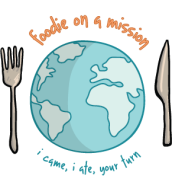














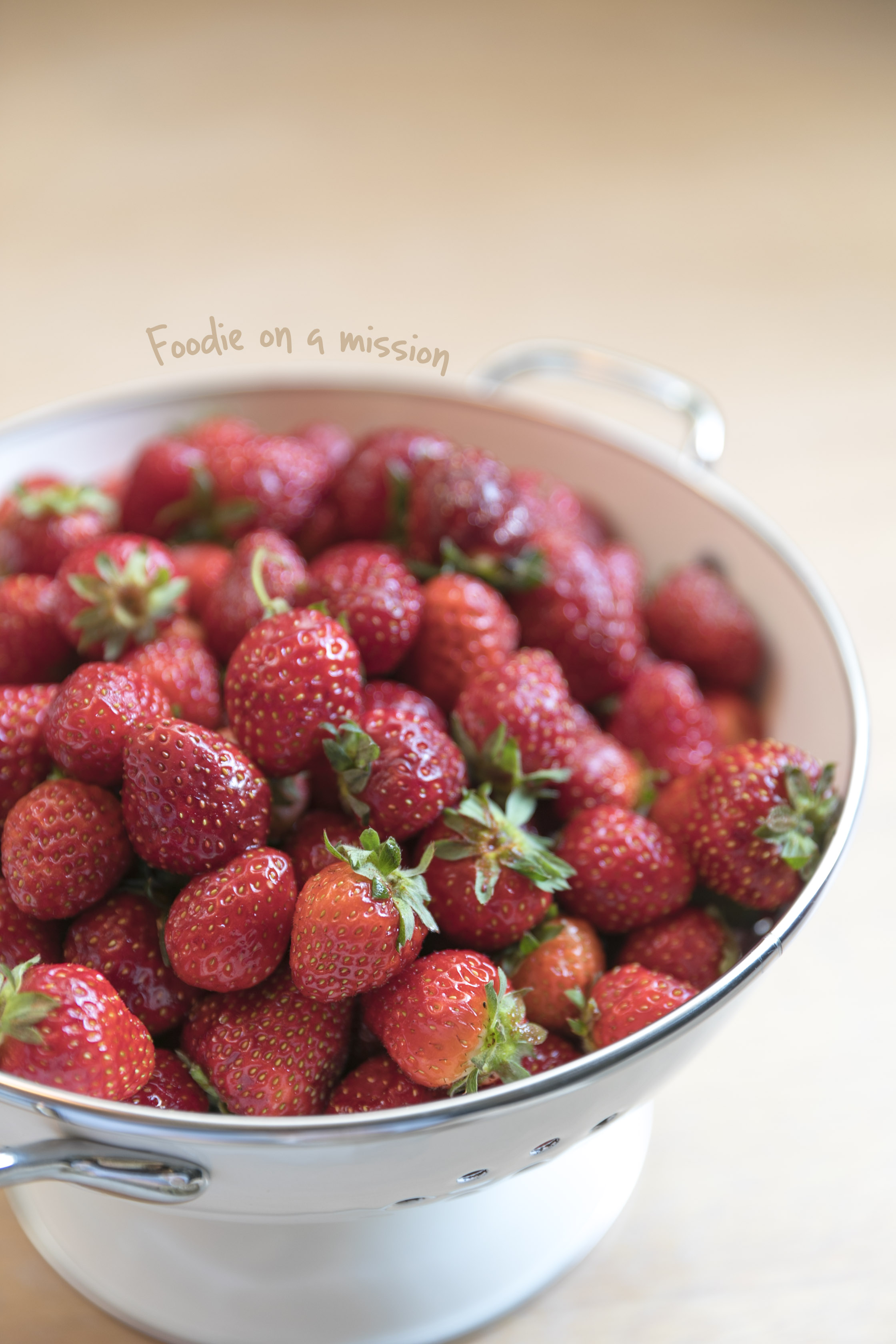
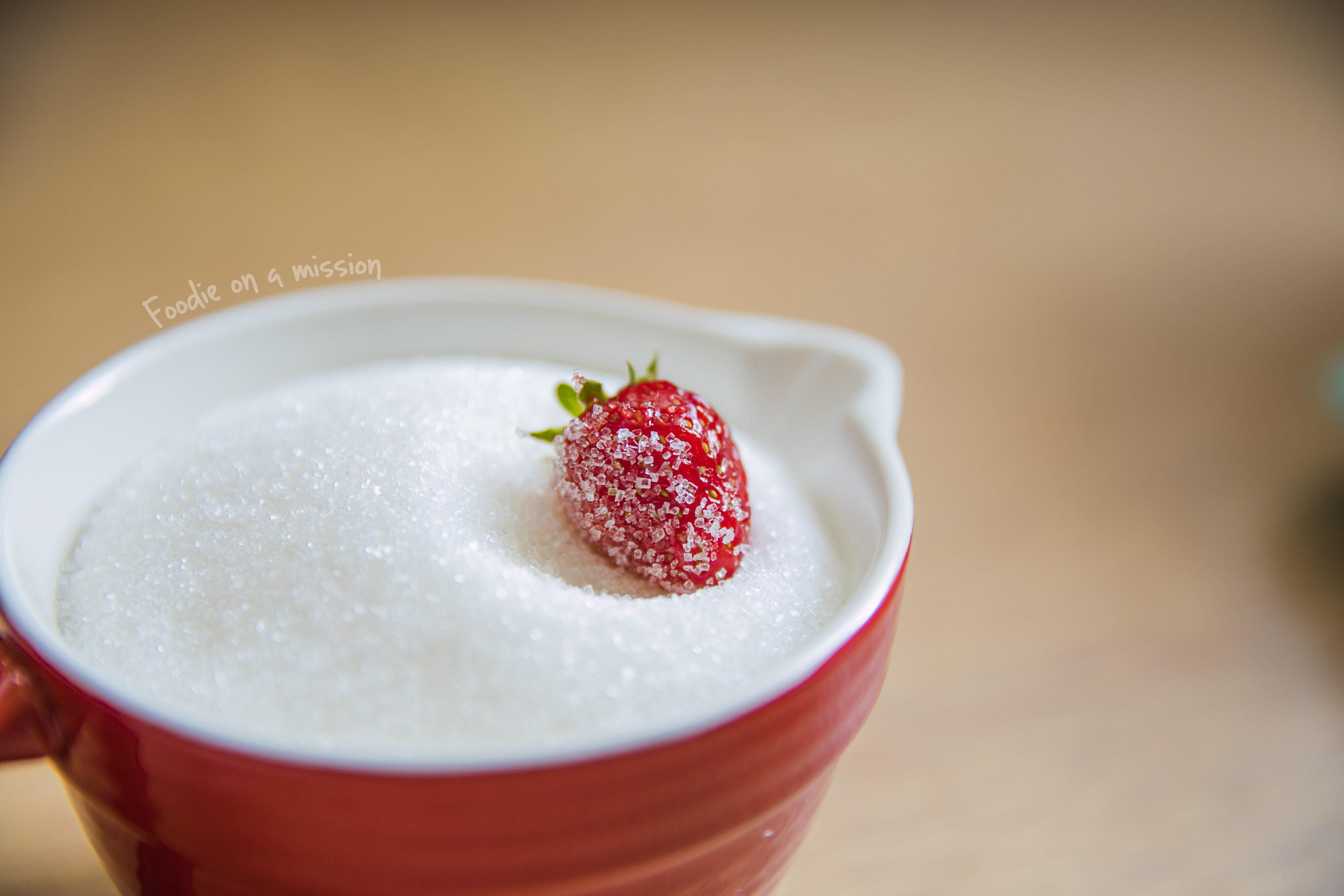
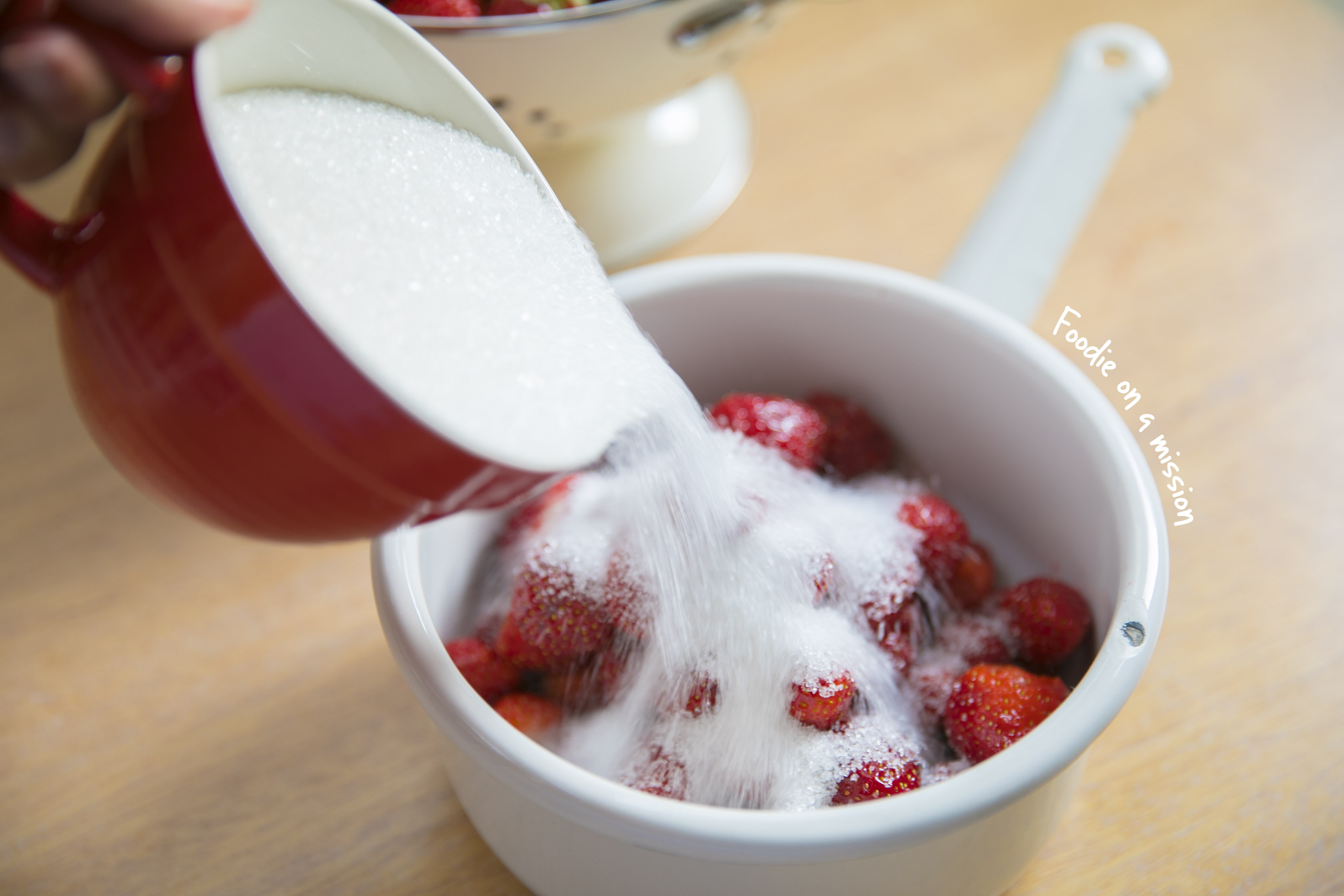
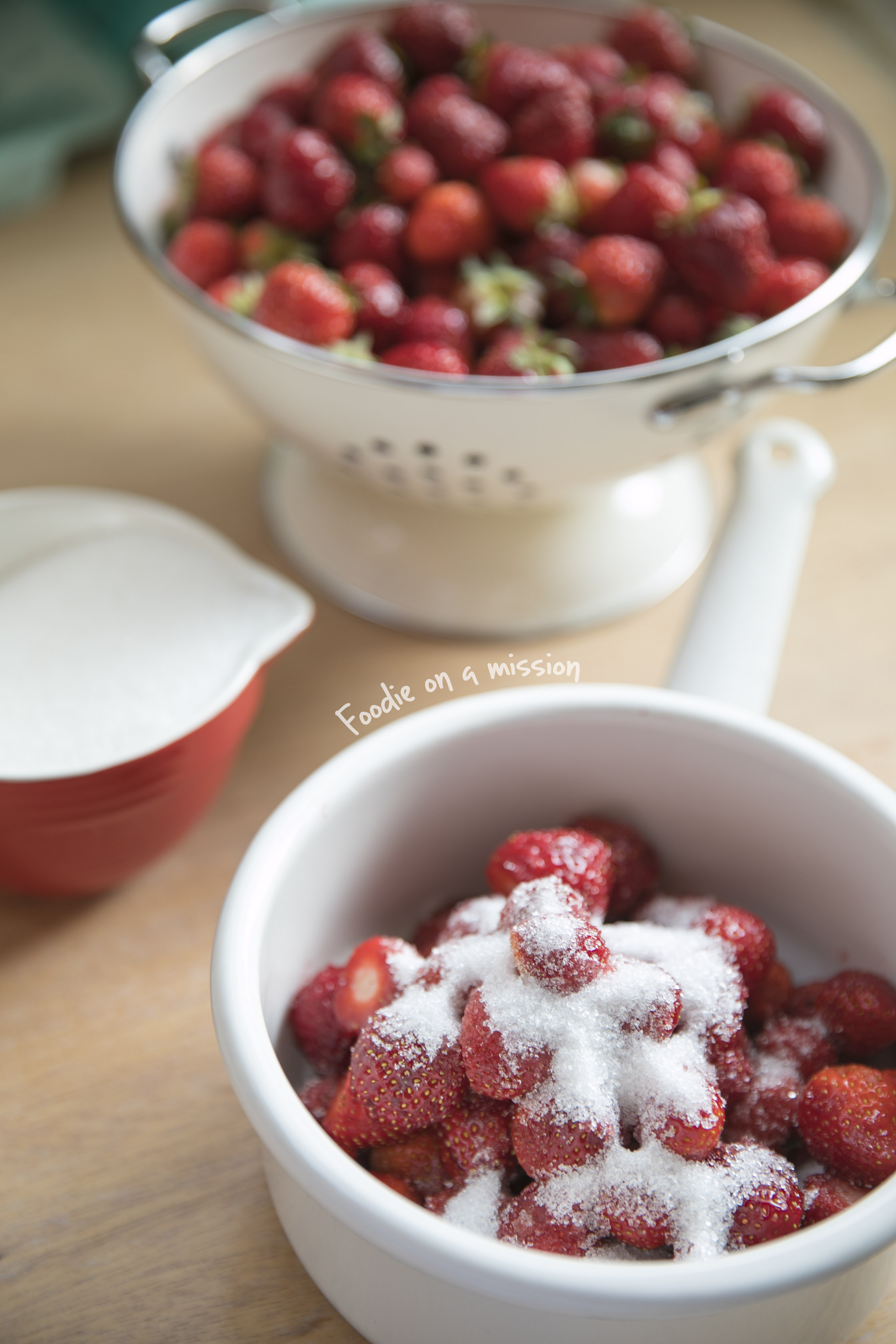



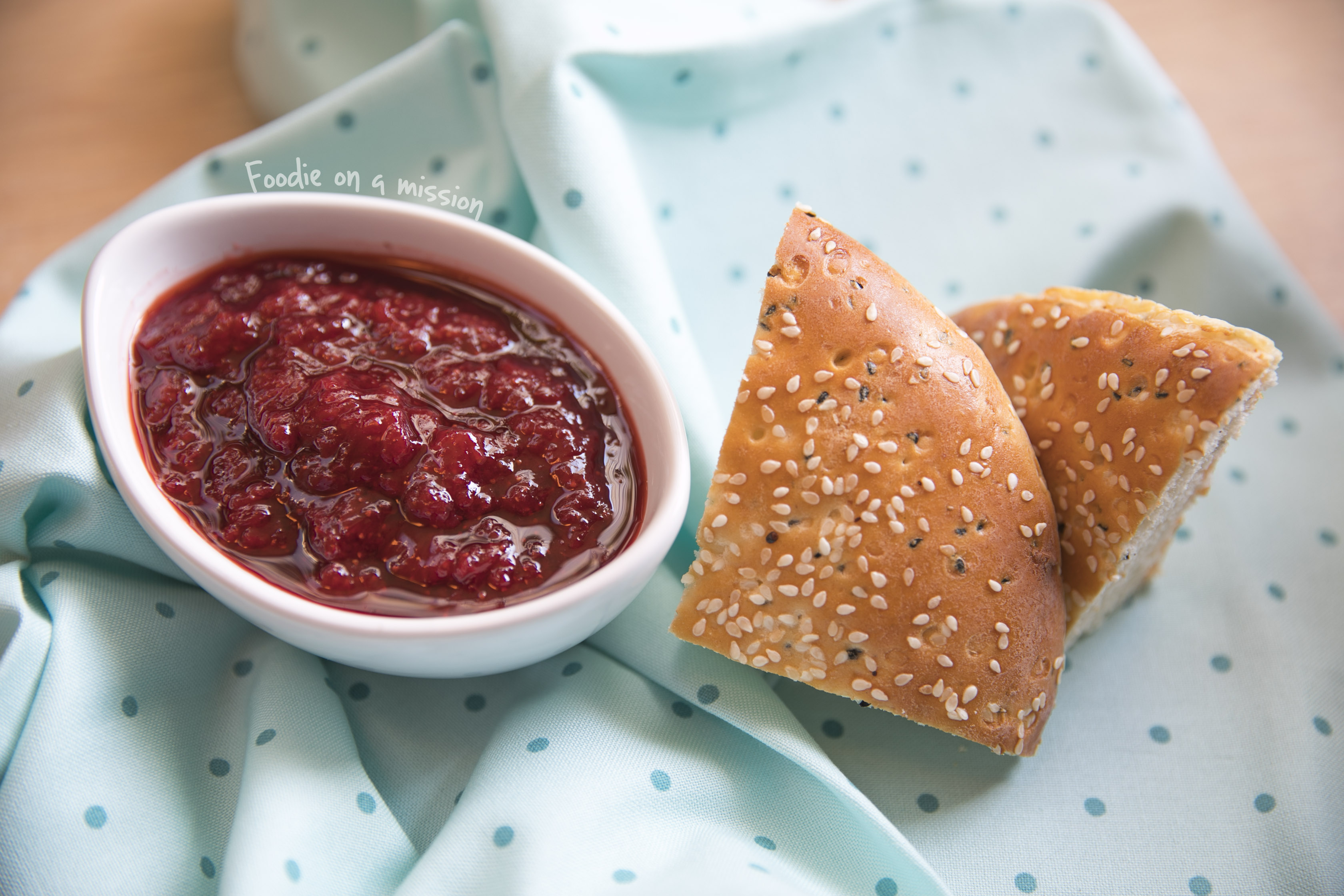
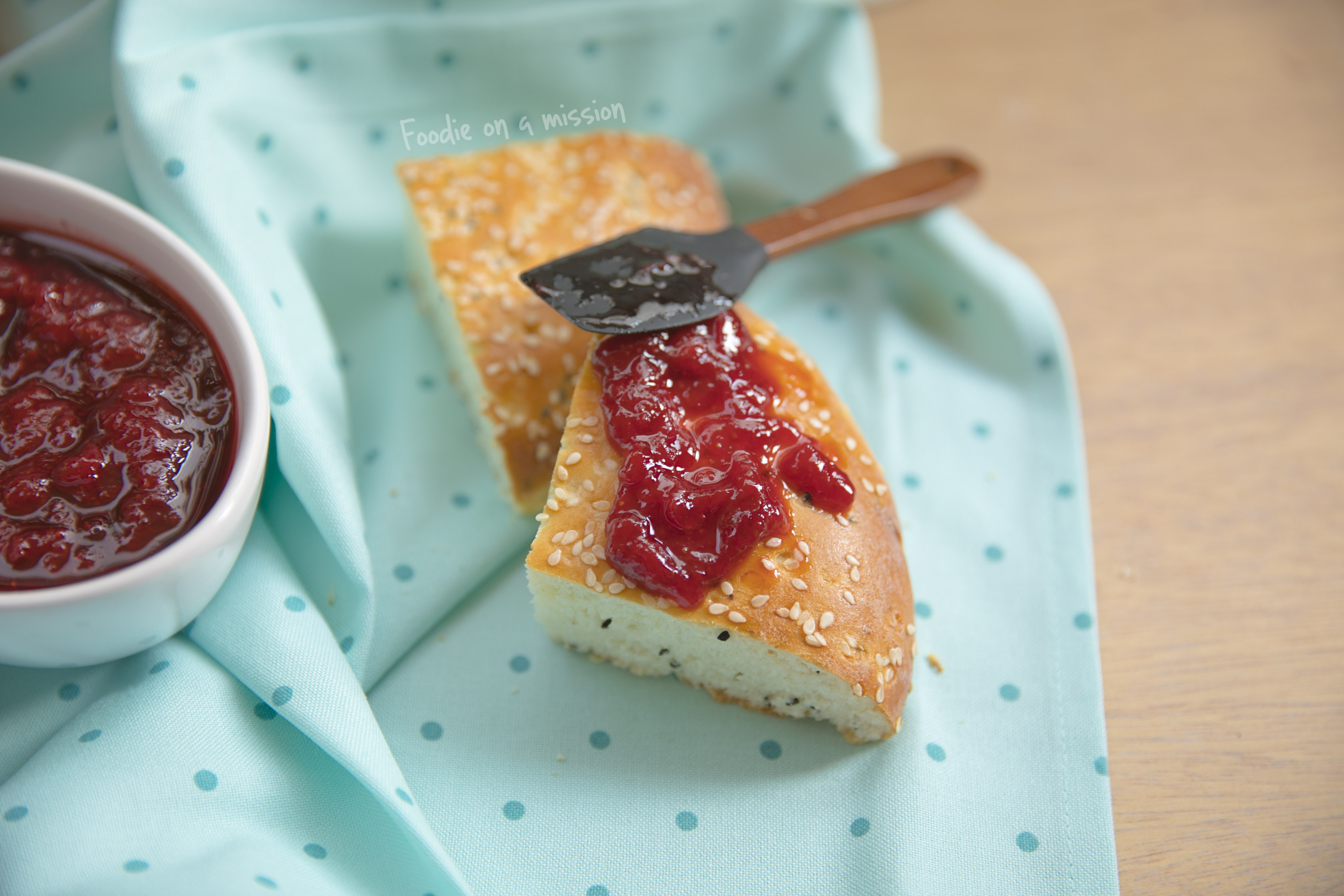





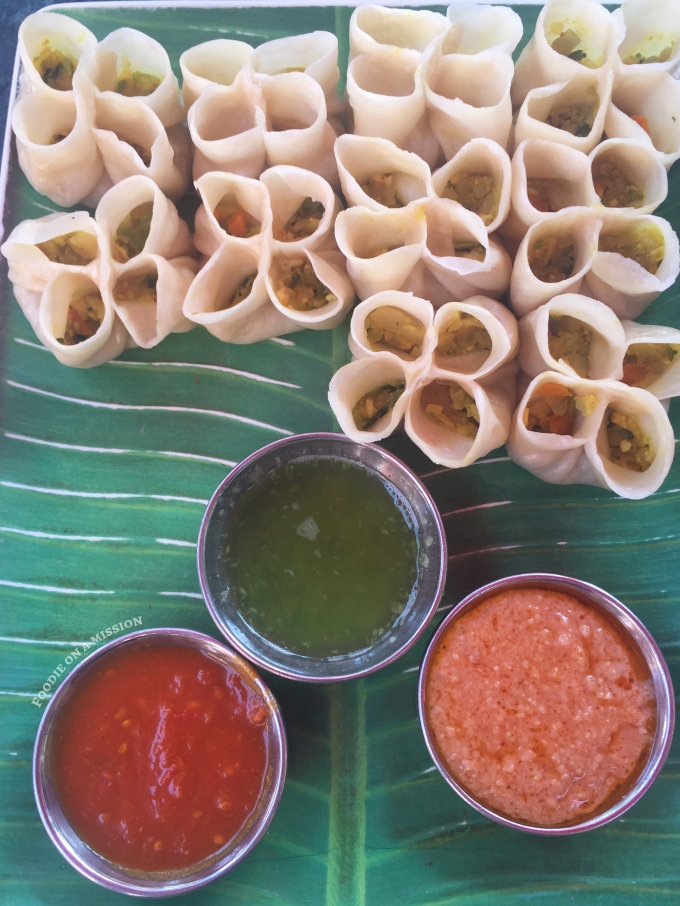




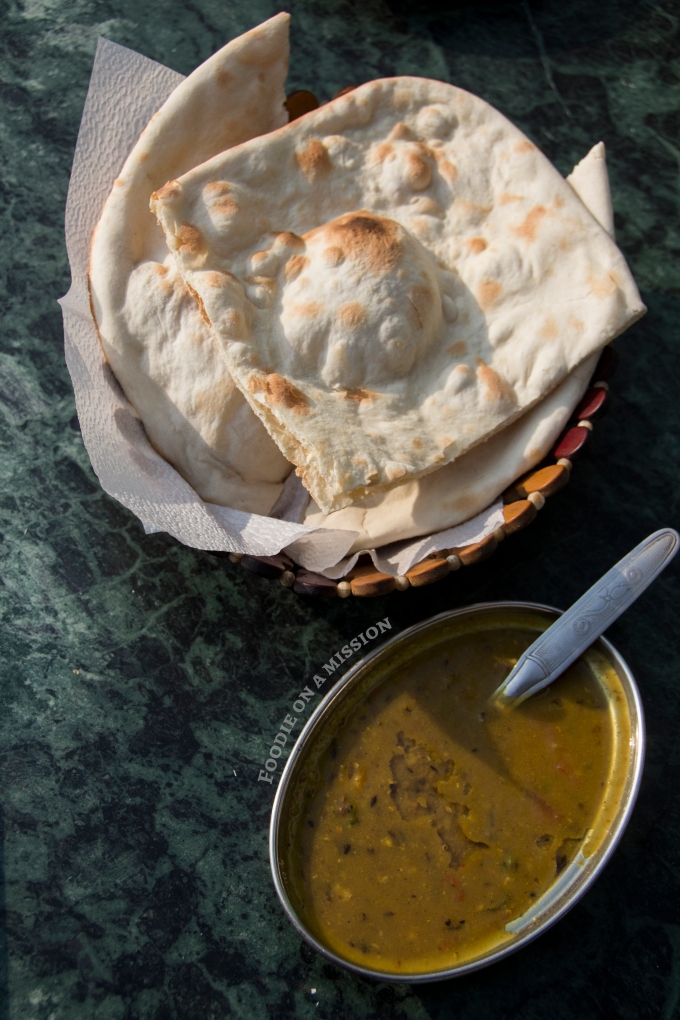
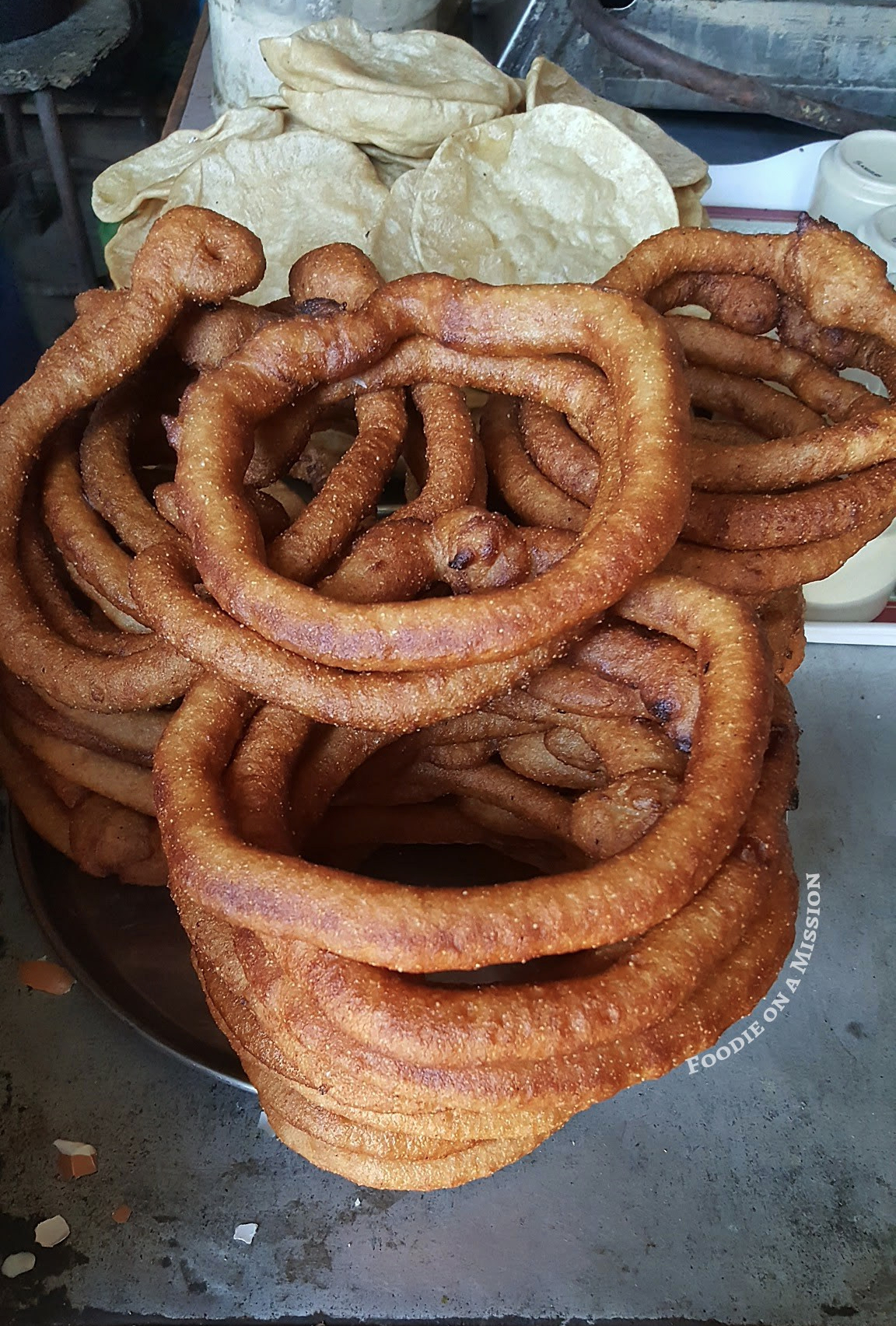
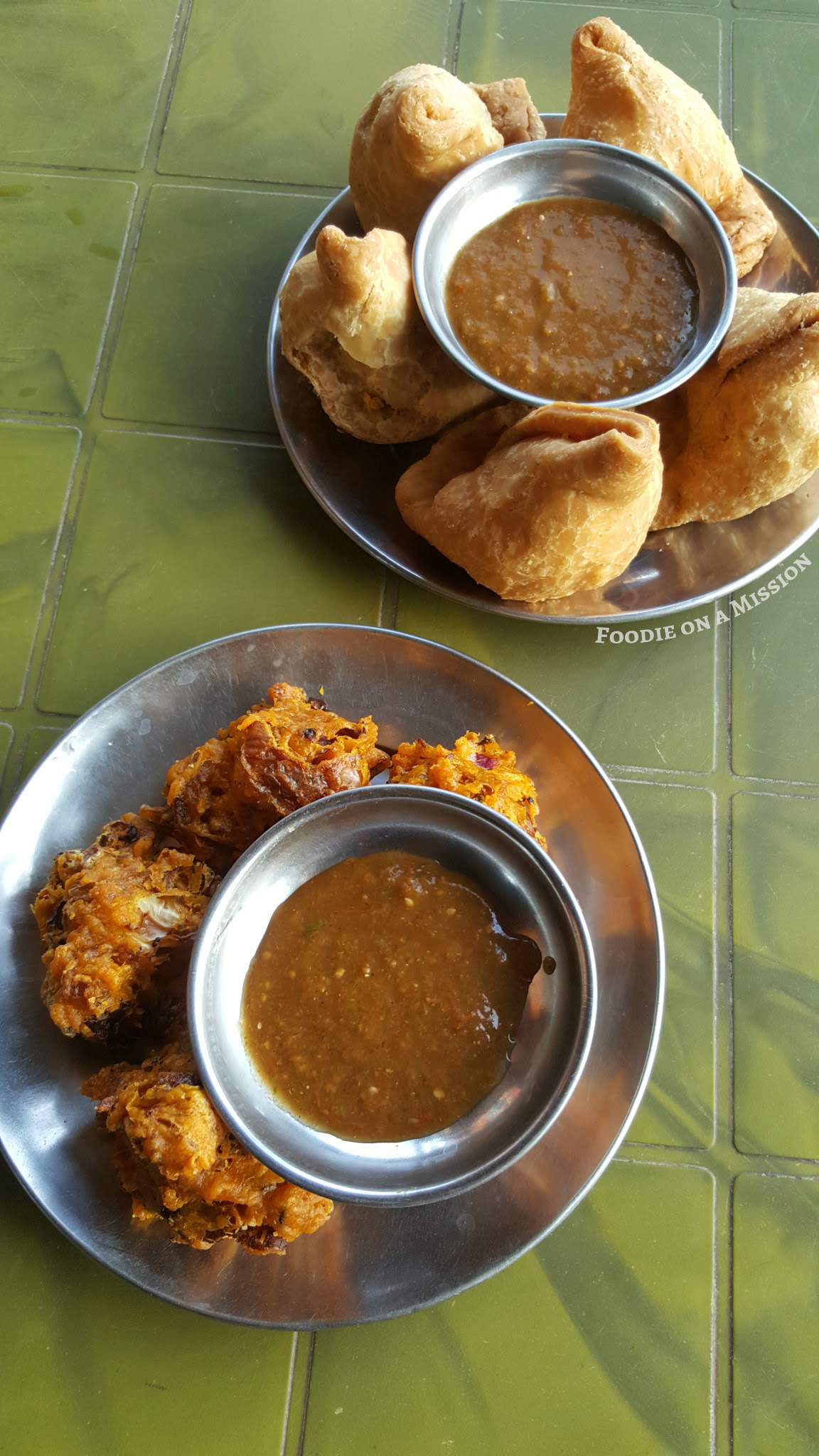








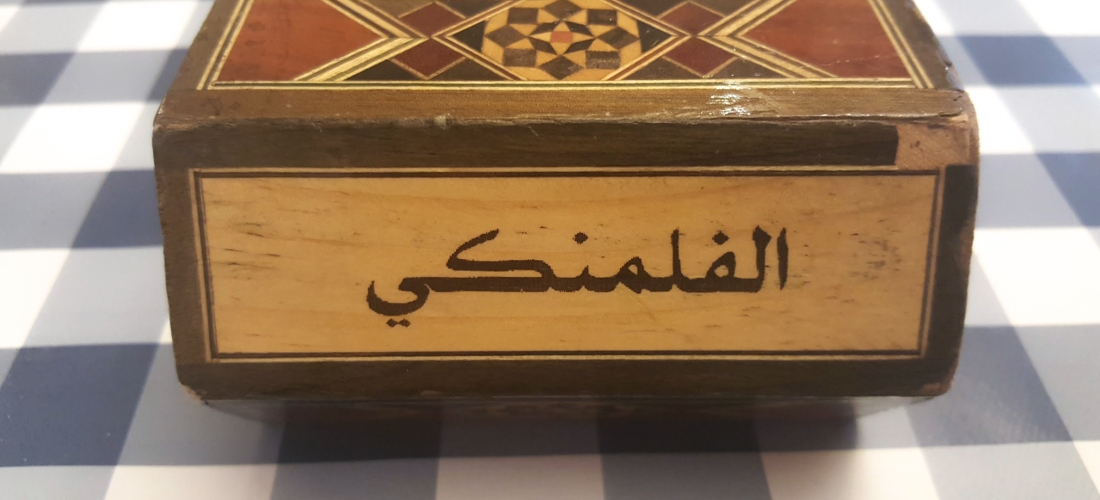













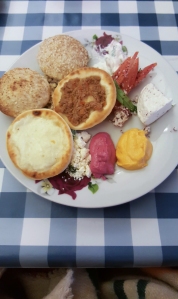 can see a small variety from the buffet. Everything has been mentioned above except the Pink and Orange dollops. Beetroot and Carrot Hummus were the Lebanese twist within this authentic Lebanese assortment. Not too
can see a small variety from the buffet. Everything has been mentioned above except the Pink and Orange dollops. Beetroot and Carrot Hummus were the Lebanese twist within this authentic Lebanese assortment. Not too


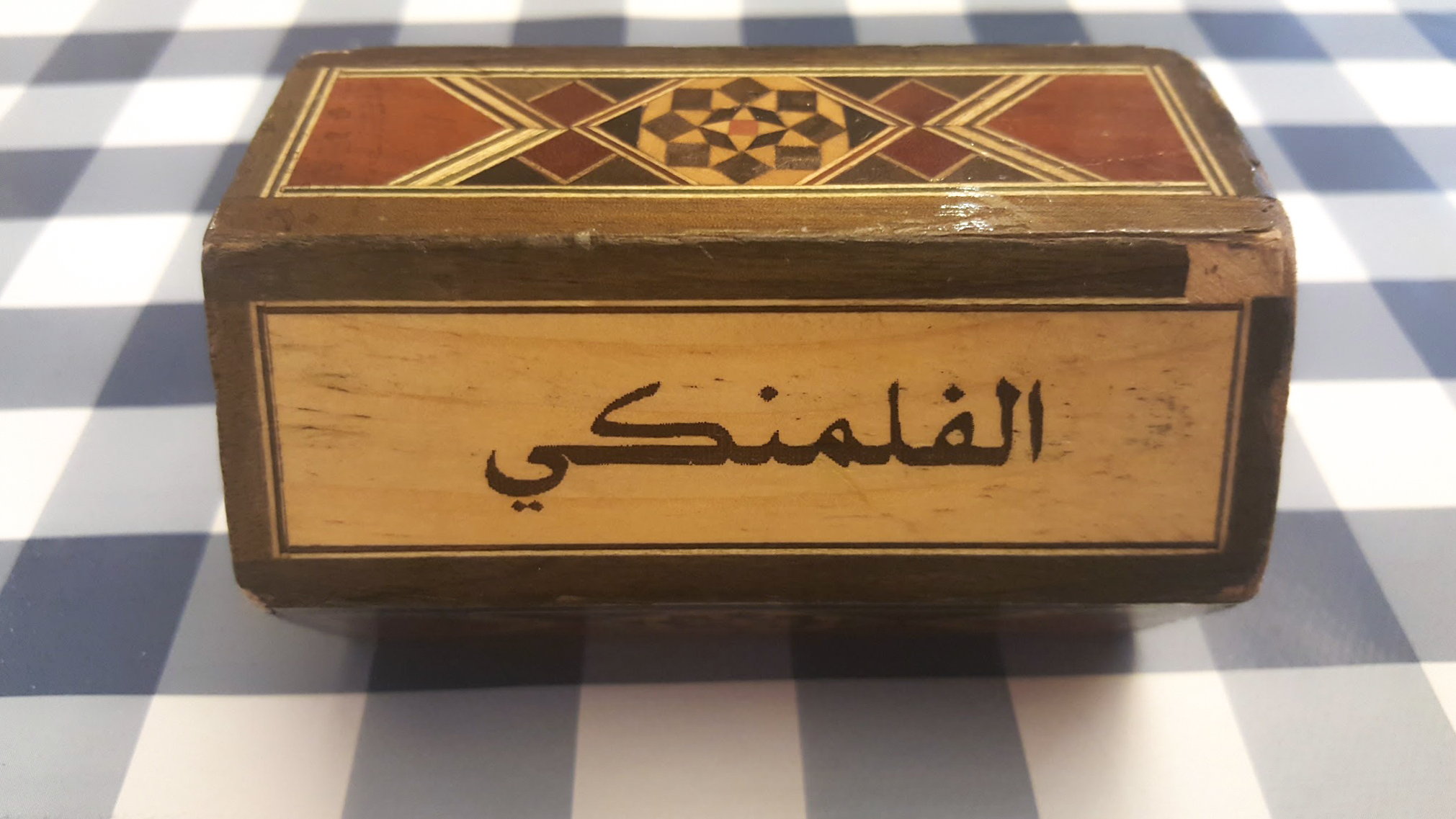













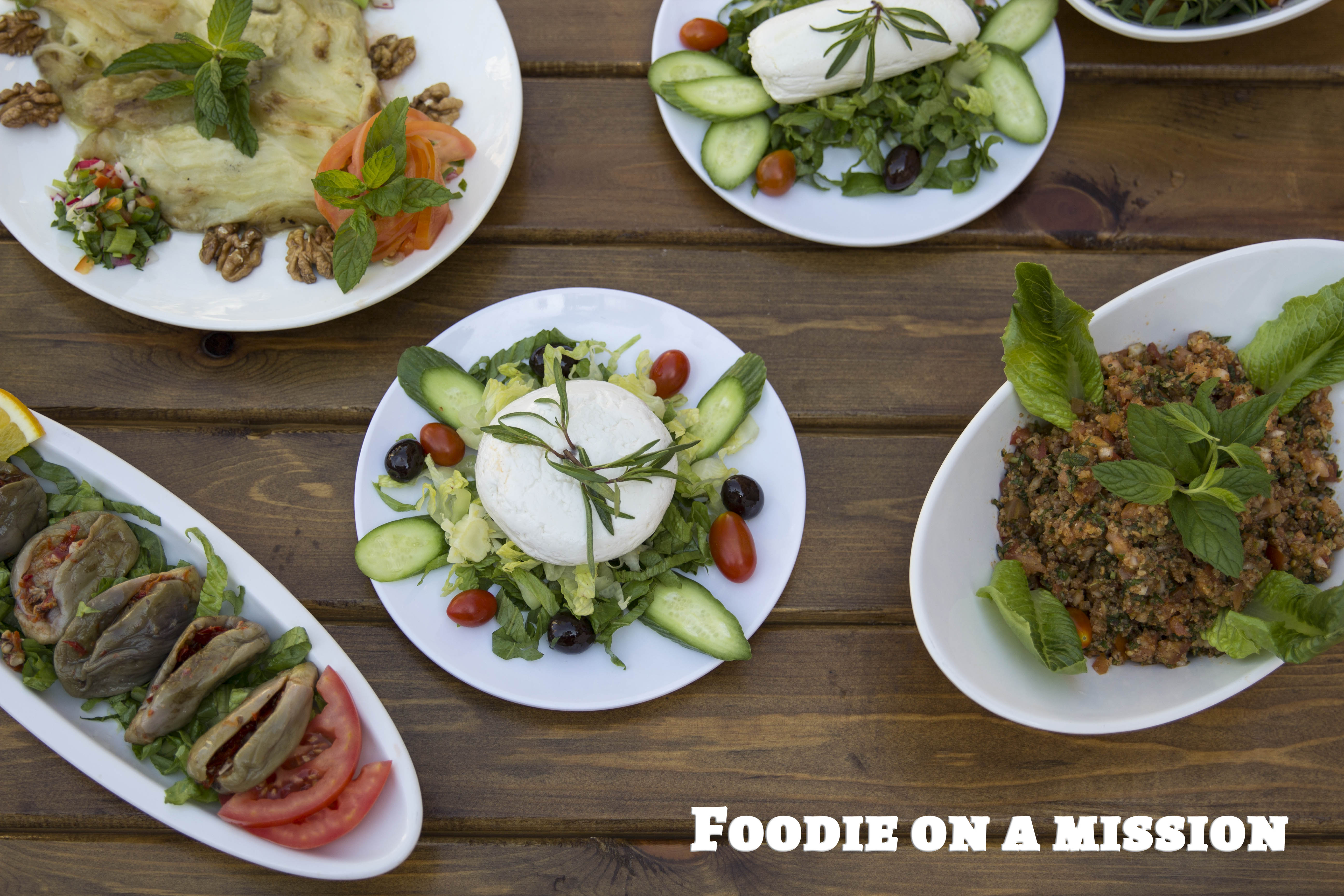
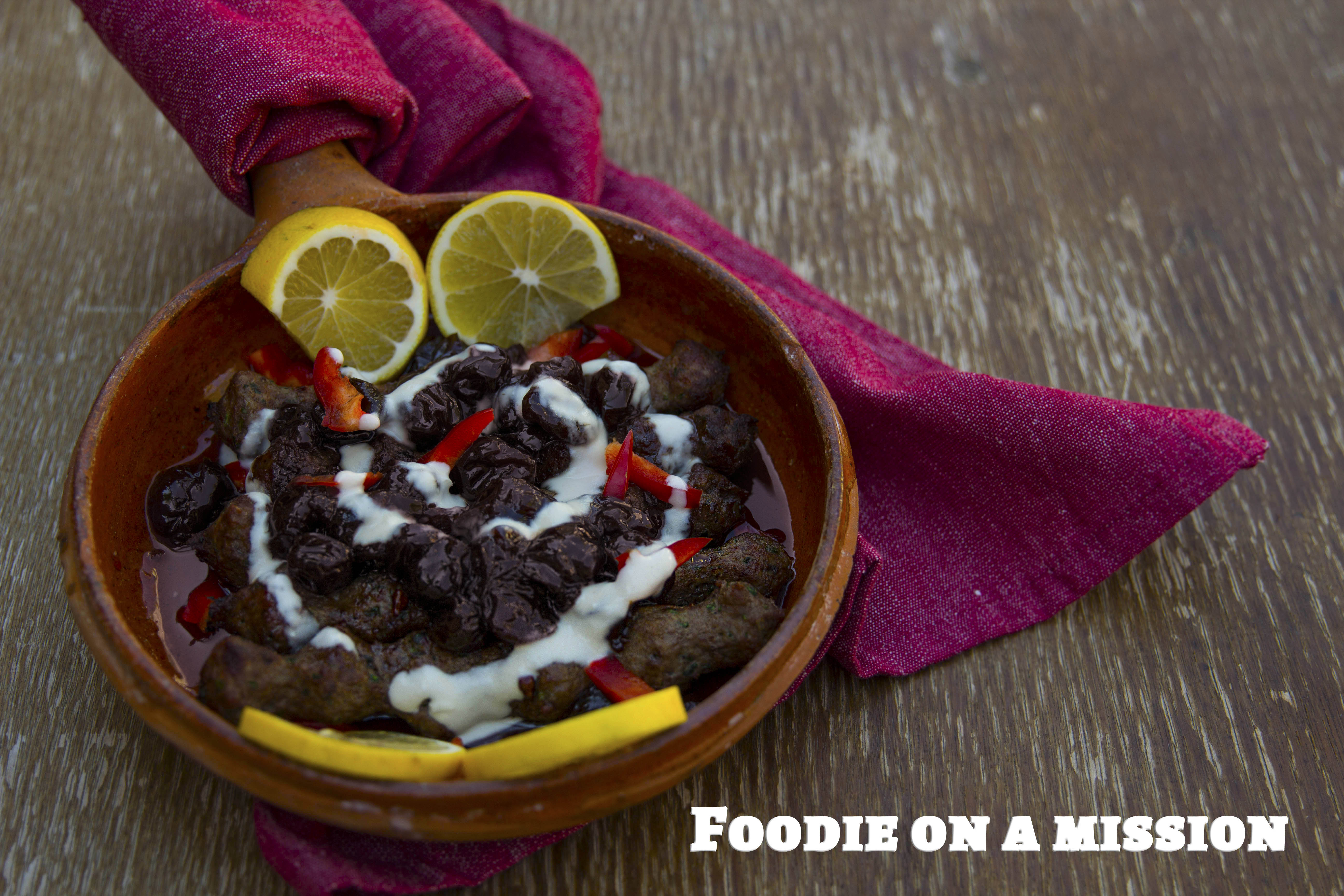 Now, to the specialité – Cherry Kafta- An amazing terracotta pan arrives at the table. Before you can see what’s inside, a sweet smell hits you. And then, a sizzling red glaze embracing some Kafta meat will make you want to dig in and experience that sweet and savory combination.
Now, to the specialité – Cherry Kafta- An amazing terracotta pan arrives at the table. Before you can see what’s inside, a sweet smell hits you. And then, a sizzling red glaze embracing some Kafta meat will make you want to dig in and experience that sweet and savory combination.



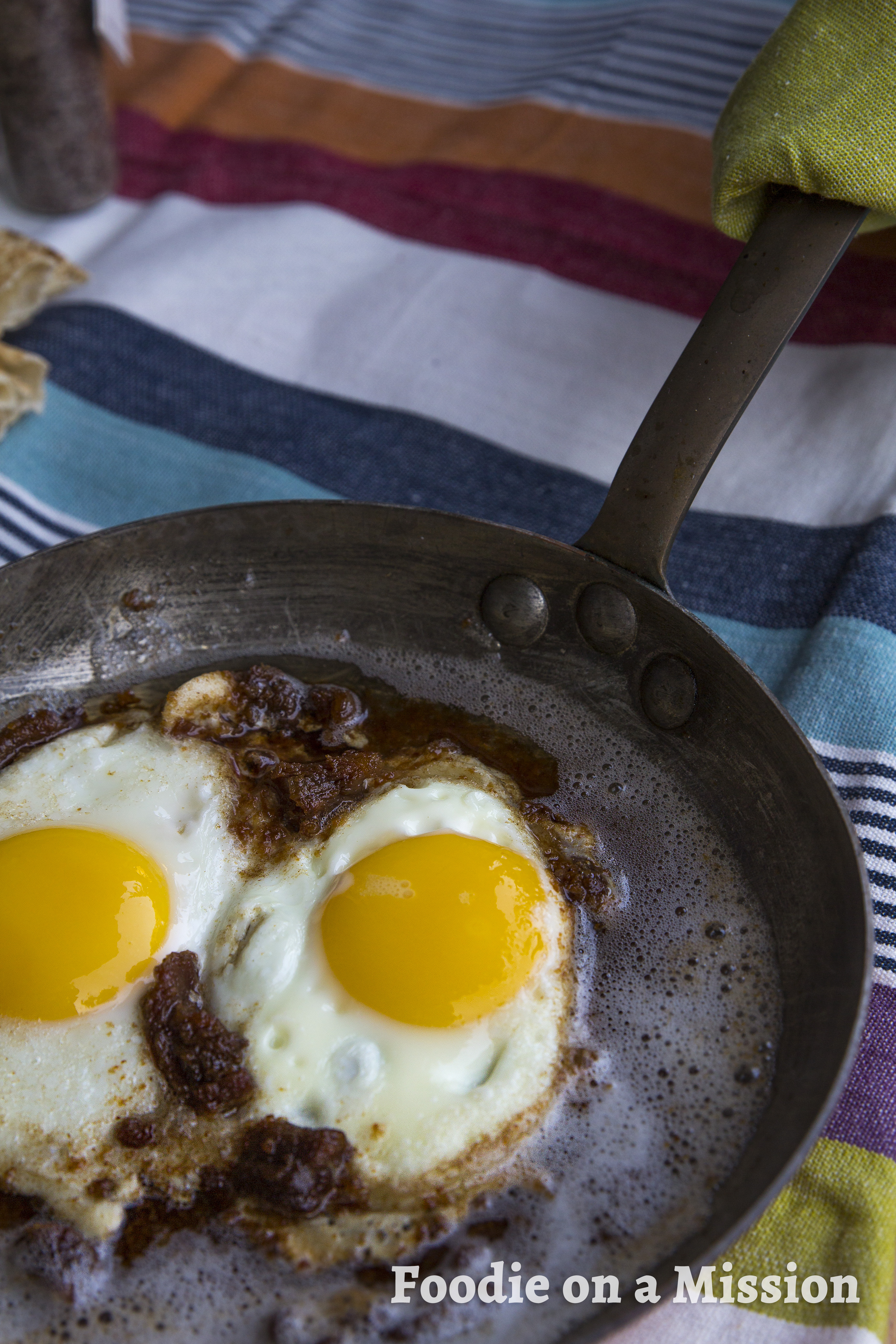
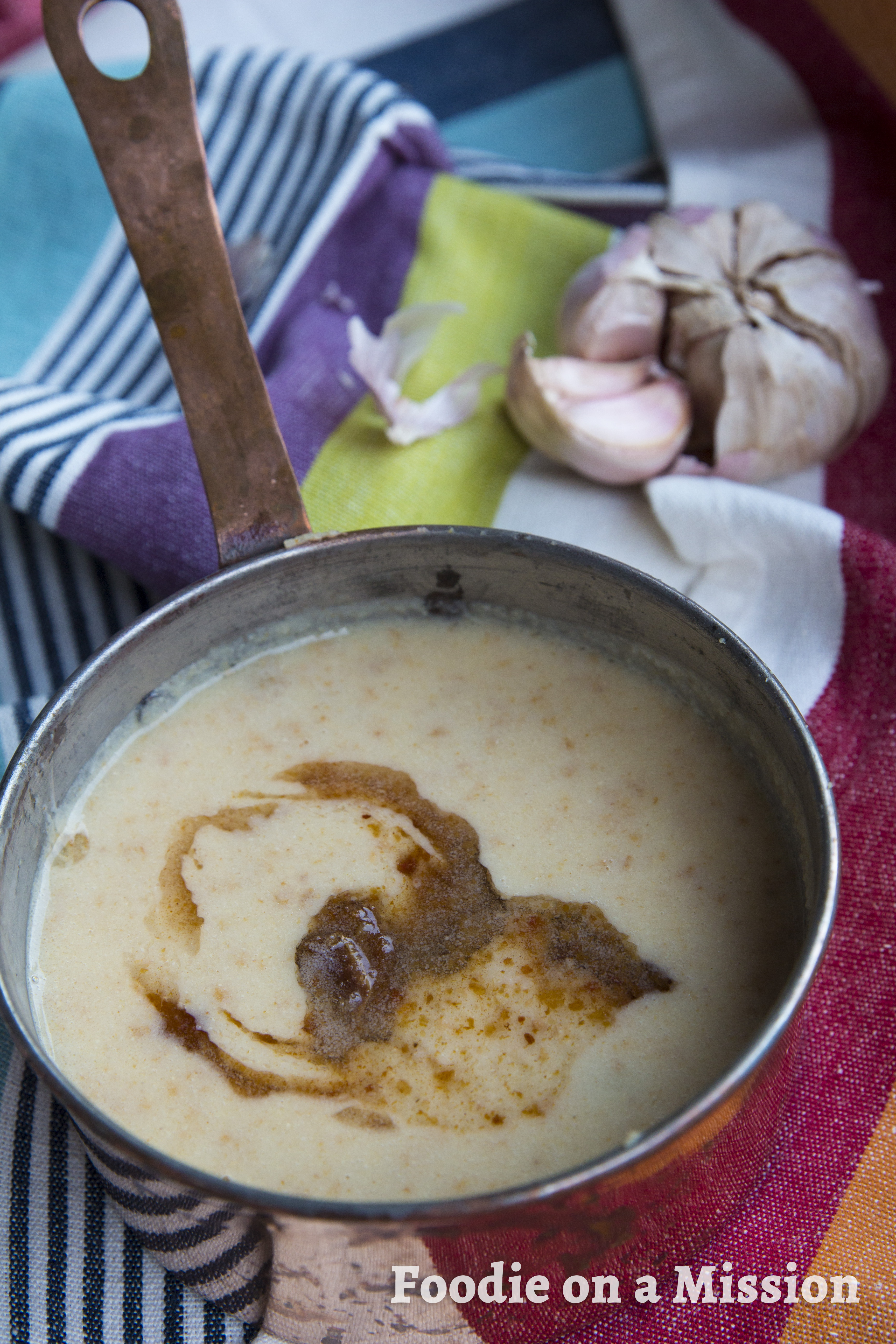
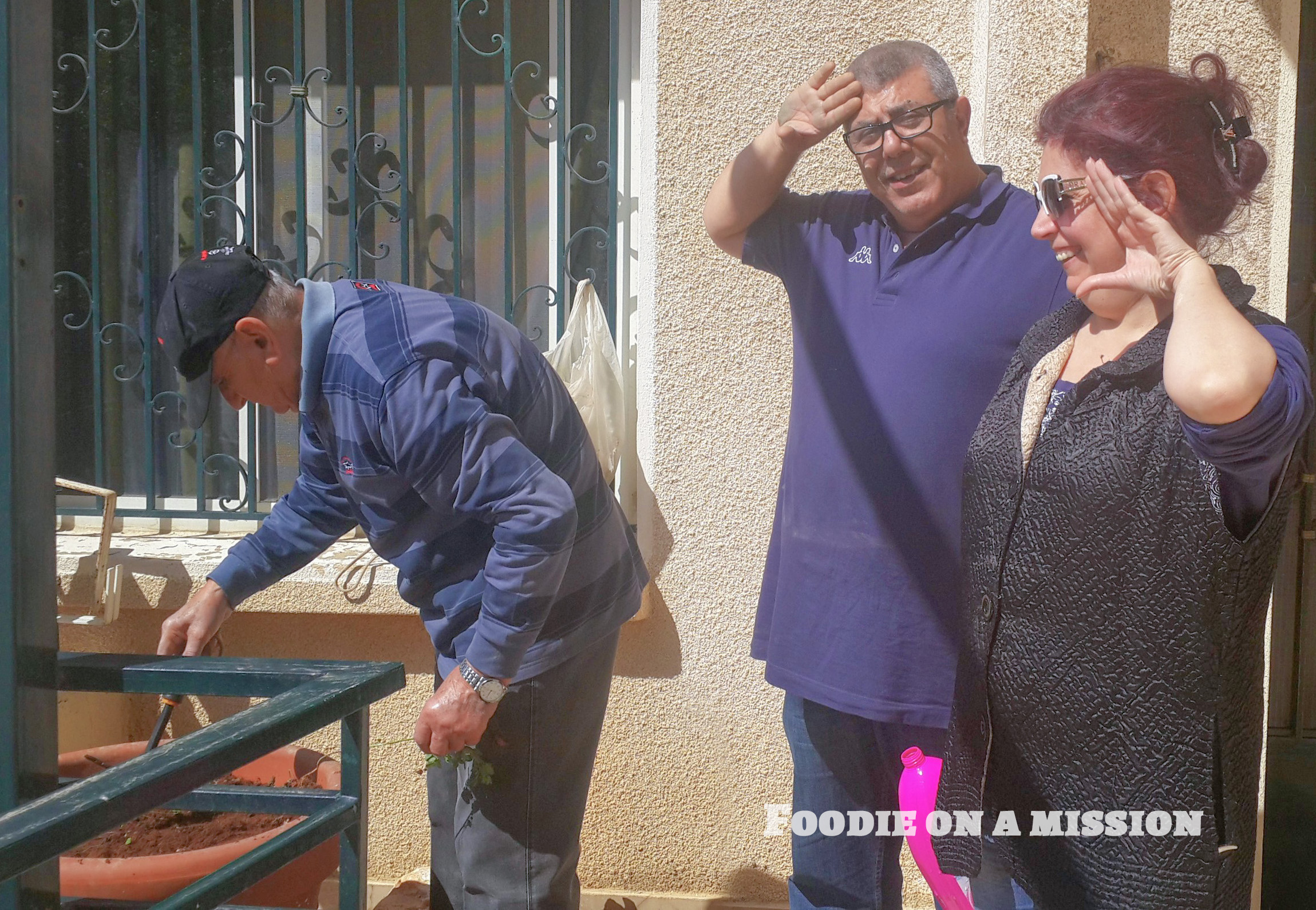
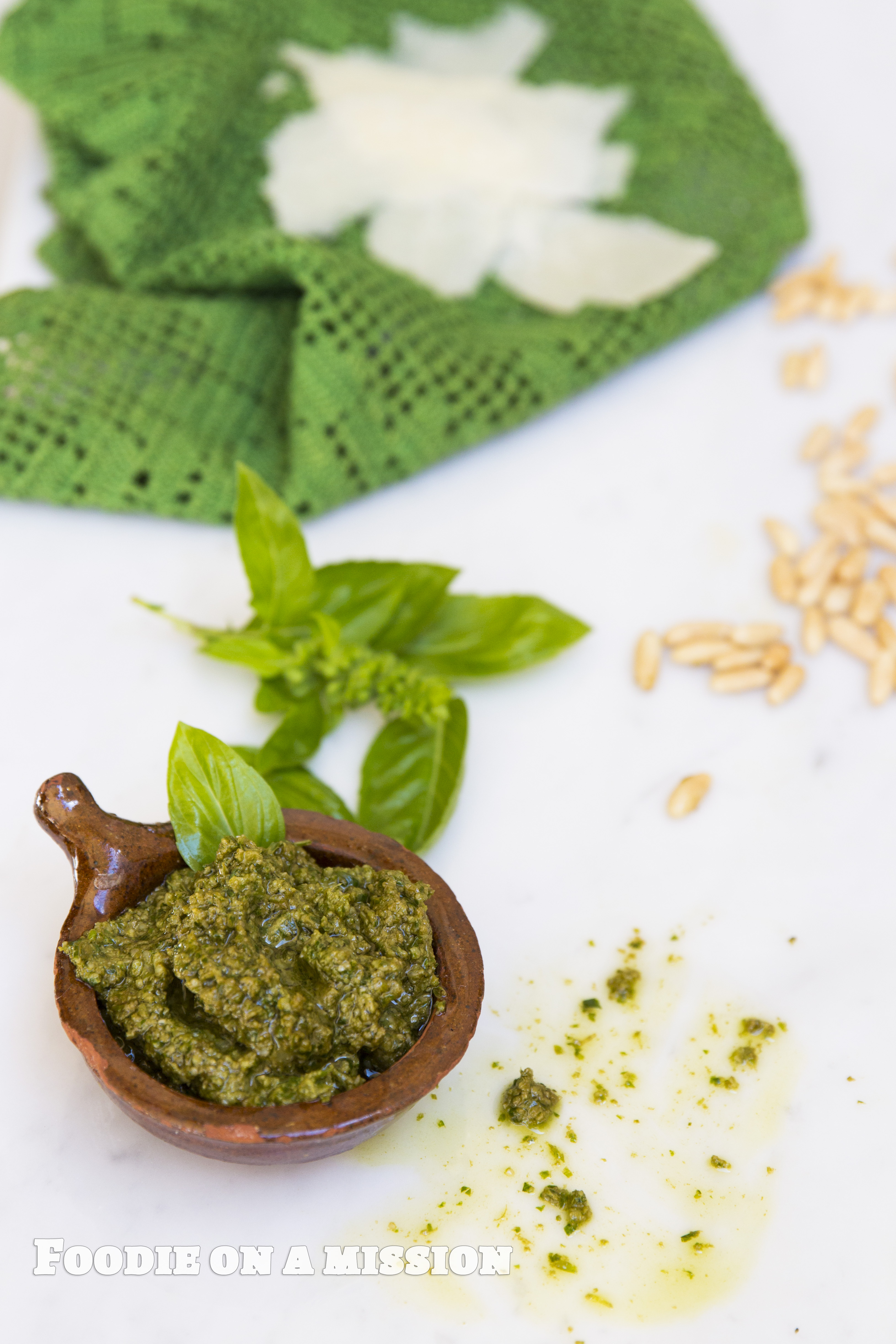
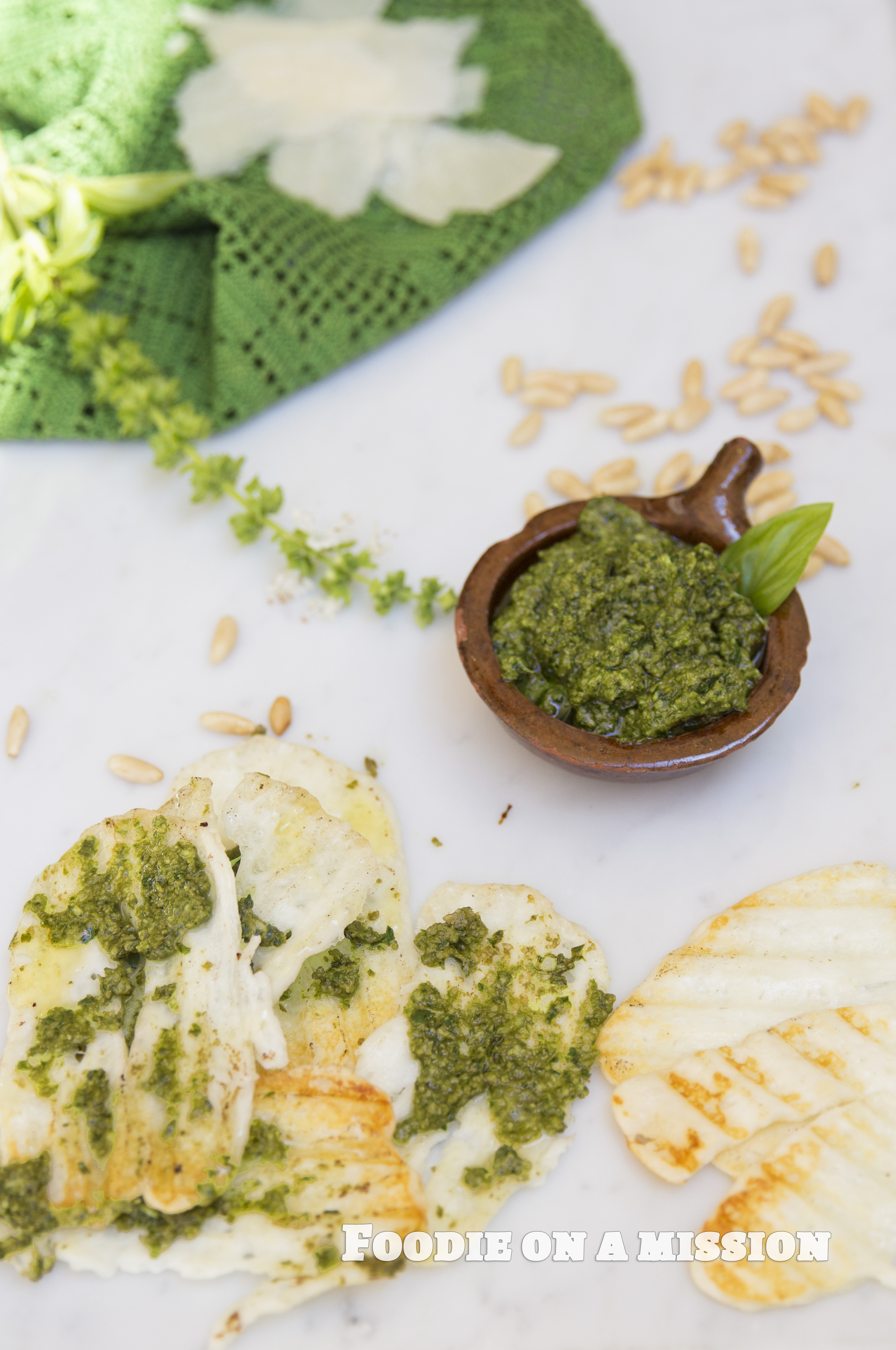
 Today’s post is dedicated to my country’s famous and favorite food of all time probably. The Mankoushé. A round flat pizza like bread flavored with thyme, cheese, Keshk, labneh, or even endless possibilities.
Today’s post is dedicated to my country’s famous and favorite food of all time probably. The Mankoushé. A round flat pizza like bread flavored with thyme, cheese, Keshk, labneh, or even endless possibilities.